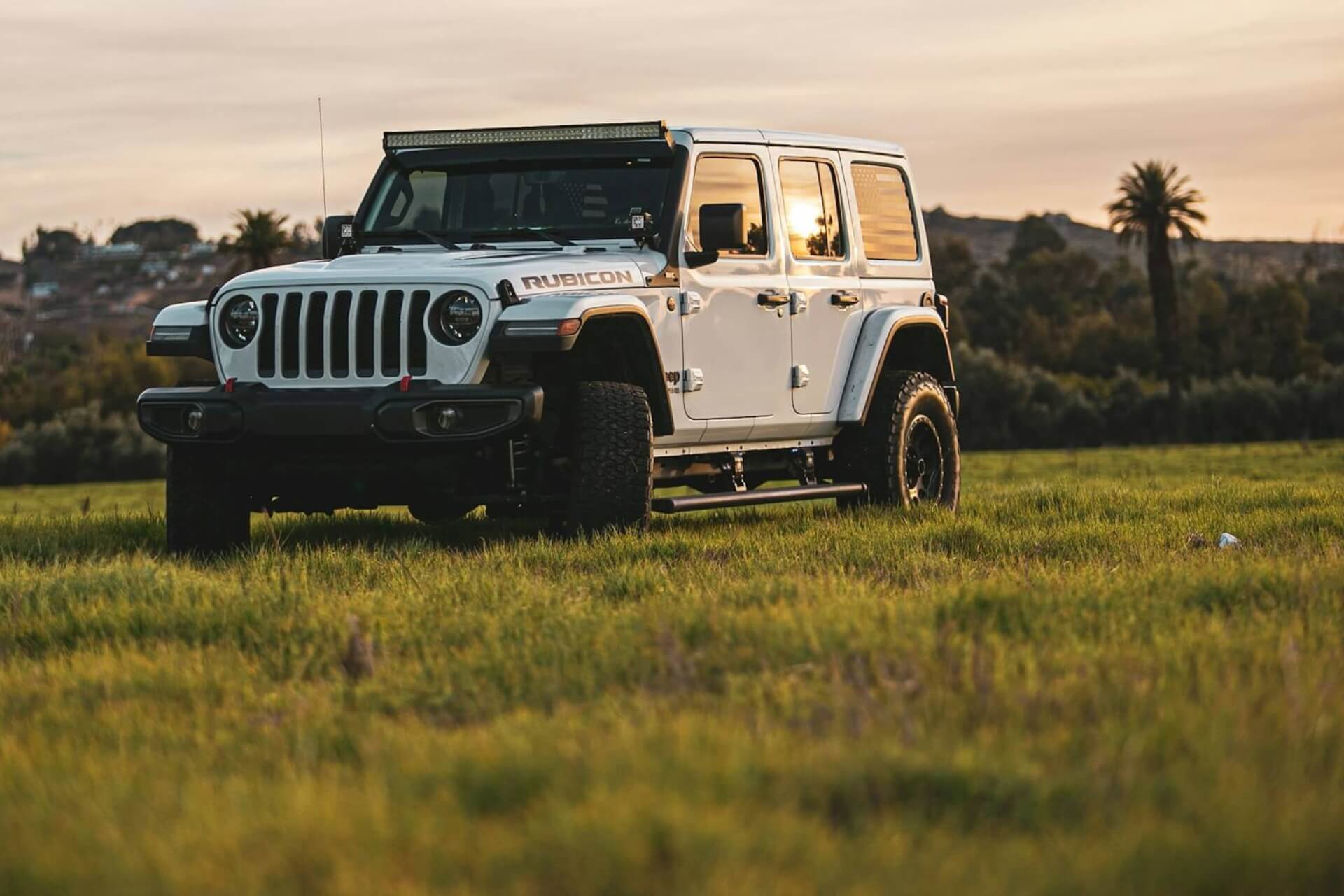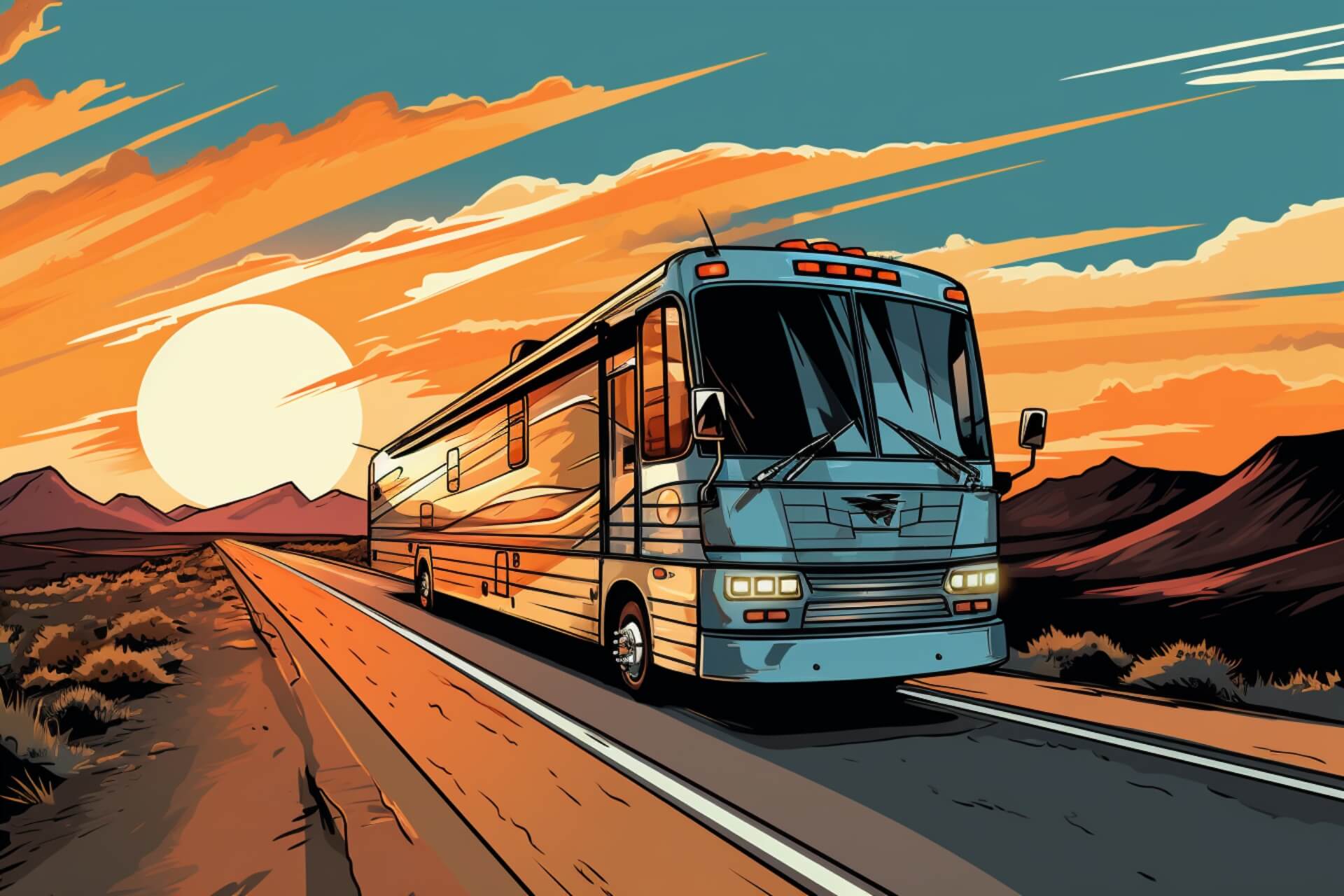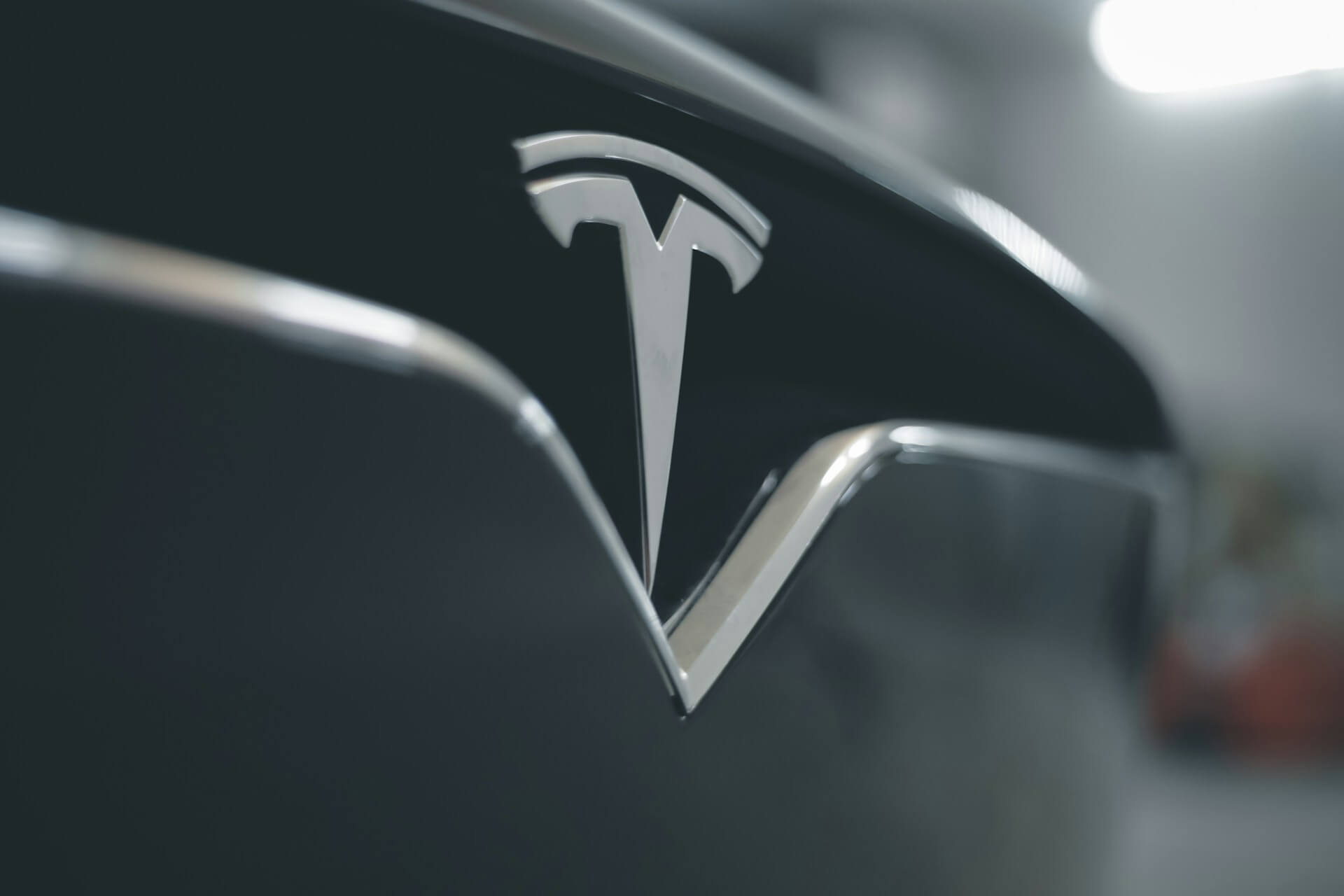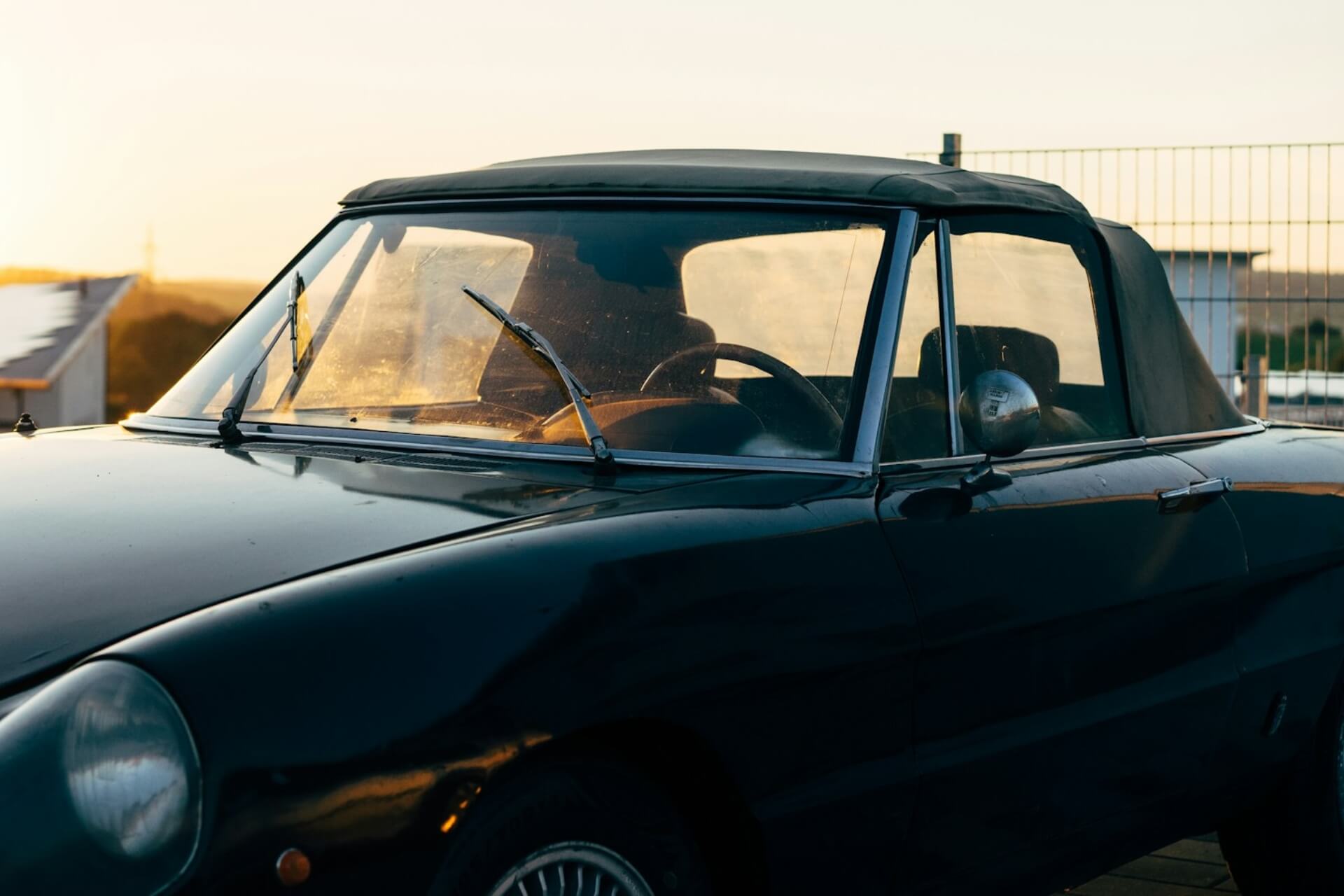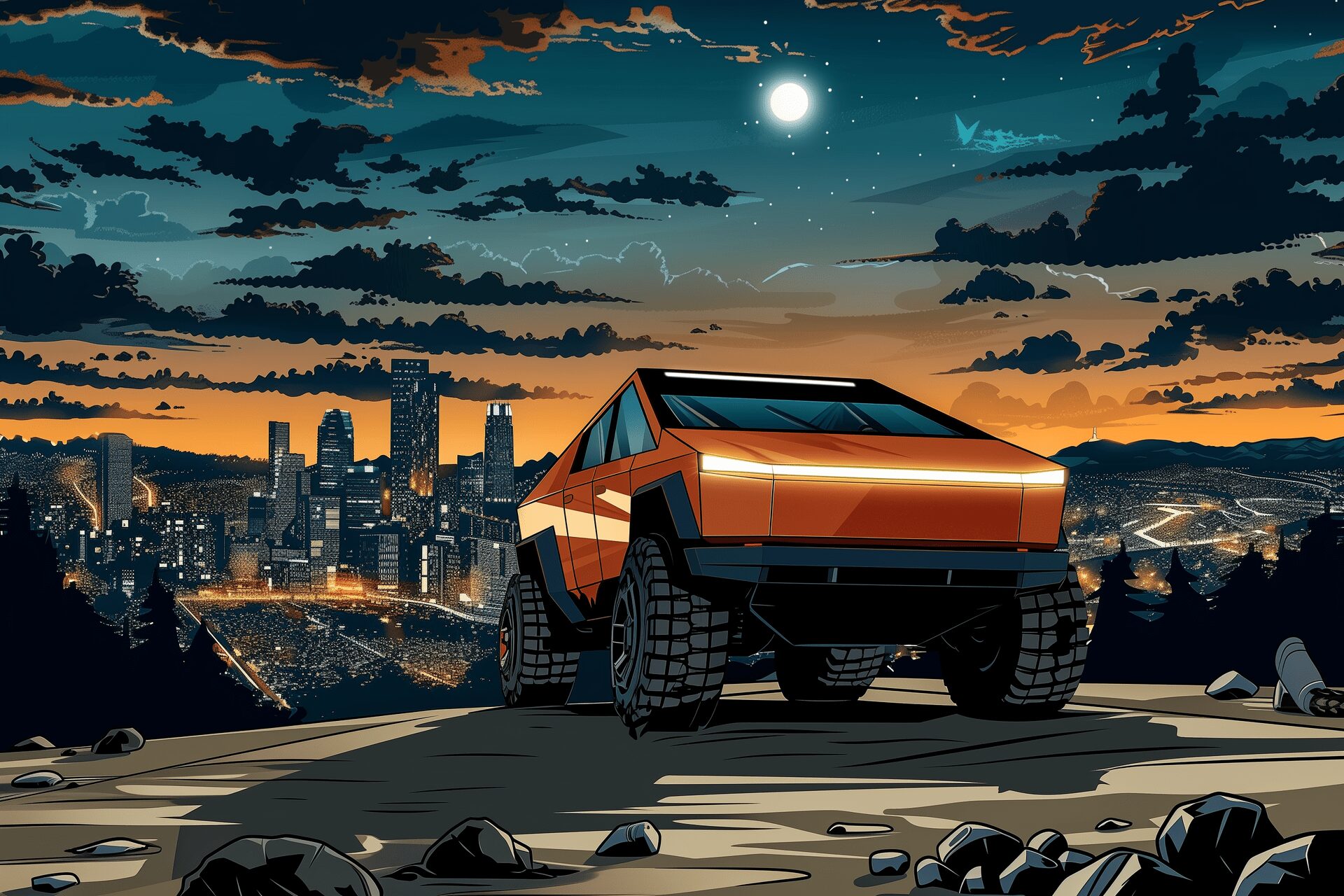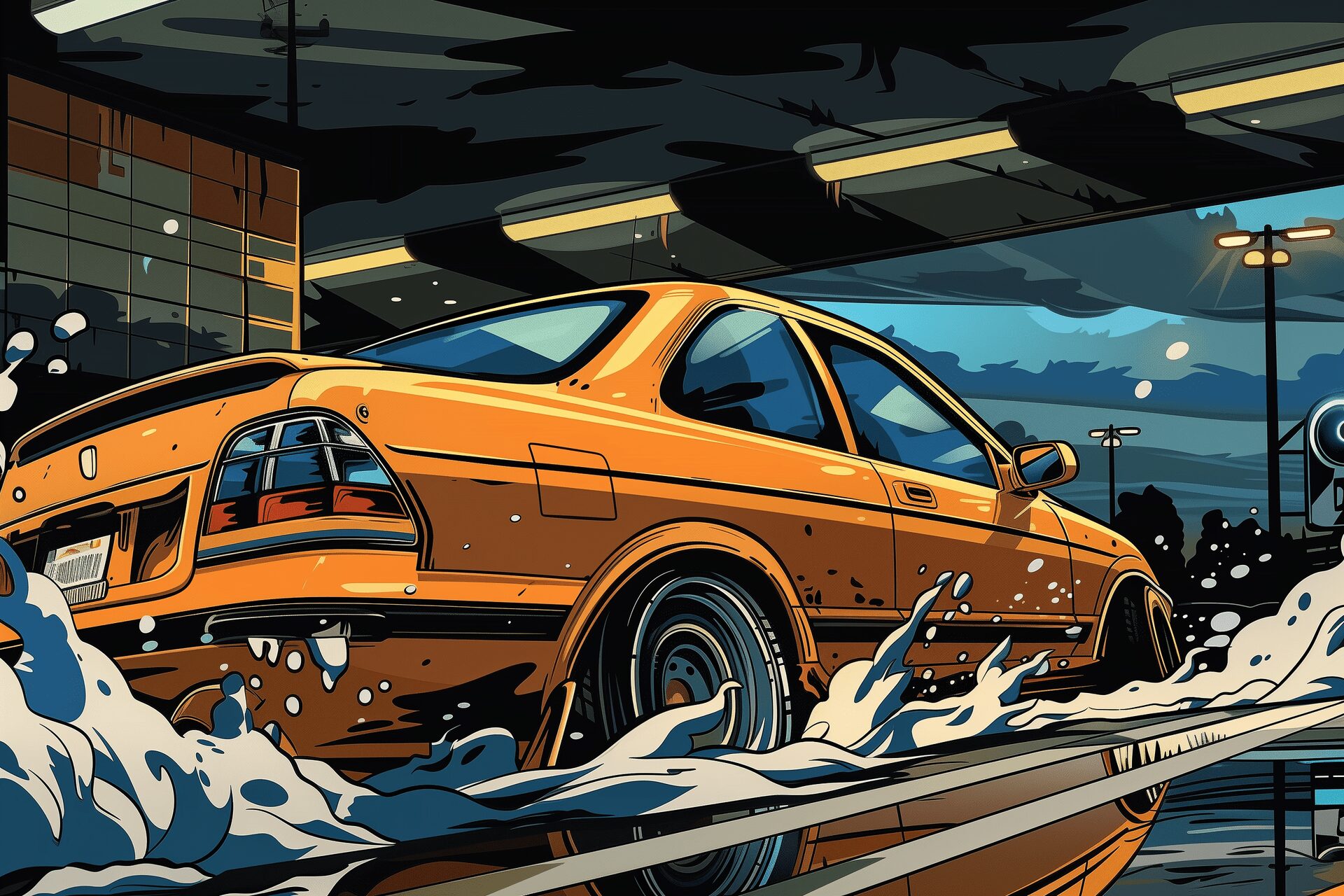Who Owns Lamborghini? The Complex History of the Brand
Apr 13, 2023
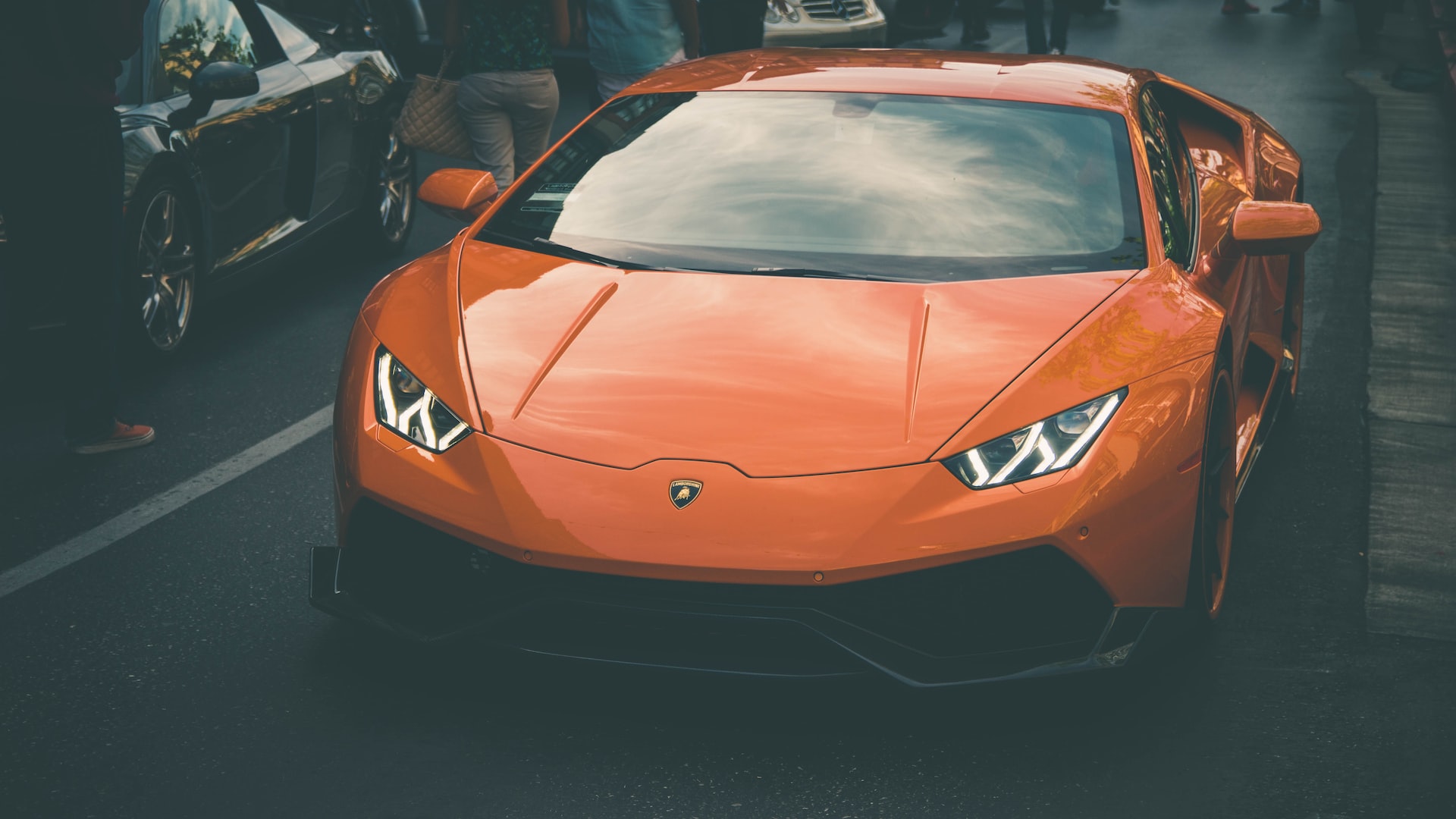
As an Amazon Associate, Modded gets commissions for purchases made through links in this post.
People worldwide either own or want to own a Lamborghini. These attractive sports cars are among the most popular super sports car brands. With a one-of-a-kind engine, these vehicles provide excellent performance on the road or racetrack.
Automobili Lamborghini S.p.A. is the official name of the Italian company whose primary owner is the Volkswagon Group. However, the issue of ownership is a complex one with a fascinating history.
The Start of Lamborghini
Entrepreneur Ferruccio Lamborghini began the company in 1963 after repeated dissatisfaction with his Ferraris. His original goal was to create a grand touring car with a superior V12 engine, designed through ex-Ferrari affiliate Societa Autostar, now called Bizzarrini.
Lamborghini committed to creating the engine with road use in mind, in contrast to the firm’s former client’s modified racing engines. The result was an engine with a maximum output of 365 PS at 9,800 rpm and a 3.5-liter displacement. However, Lamborghini originally disliked the engine and refused to pay the agreed-on amount until receiving a court order.
It took only four months for the new automotive company to build the 350GTV, which premiered at the October 1963 Turin Motor Show. Lamborghini became an incorporated company at the end of the same month. Ferrucio moved the company to Sant’Agata Bolognese shortly after.
The Engine Evolution
In 1965, Gian Paolo Dallara improved the original engine, upgrading it to a 3.9-liter displacement with 324 PS at 6,500 rpm. The eventual collaboration led to the 1969 Espada, which had a front-mounted version that was the first in the company with 330 PS.
Ownership Changes
Though Lamborghini still shares its original owner’s name, it wasn’t long before the company went on a journey of several owners before landing in German-owned Volkswagon territory.
Selling to Rossetti
In 1974, Ferruccio sold half of the company to his friend Georges-Henri Rossetti and later sold the other to Rosetti’s friend René Leimer.
Rosetti was hands-off in his approach to the company. After the poor performance of its Cheetah military vehicle prototype, a series of events led to Lamborghini declaring bankruptcy in 1978. The Italian government took control of the brand, handing it to Swiss brothers Jean-Claude and Patrick Miriman.
Patrick Miriman
After being sold to the brothers, Patrick became the company’s sole CEO in 1980. He began a restructuring program and renovated the Sant’Agata headquarters. The Mirimans were the first owners to turn a profit with the company.
Chrysler
American-owned Chrysler bought the company in April 1987. They paid the Mirimans $25.2 million. In efforts to rejuvenate the company, Chrysler gave Lamborghini $50 million to develop a new premium sports car. The company was the first to design Lamborghini for the race track.
MegaTech
By 1994, Chrysler wanted someone to purchase Lamborghini from them and ended up vending it to Indonesian company MegaTech for $40 million. Co-owner Setiawan Djody owned a stake in Vector Motors and felt Lamborghini could collaborate with the company. In 1995, Megatech restructured the company. MyCom Bhd. ended up with 40%, while the majority went to V’Power Corporation.
Audi
In 1998, Volkswagon chairman Ferdinand Piëch made several purchases, including the automakers Bugatti, Bentley and Lamborghini. A VW subsidiary, Audi bought Lamborghini for $110 million that same year.
Audis leadership’s goal was to use Lamborghini’s image to boost Audi’s popularity while Audi technology could improve the super sports cars.
Volkswagen
Volkswagon took over the company in 2020 after fully purchasing Audi. After acquiring Daimler-Benz, they owned a portion of Audi in 1964, with a 50% percent holding. Through 2020, VW grew its ownership to 99.64 percent before finally deciding to own all that year.
Models Under VW Ownership
Over the years, Lamborghini developed five main body types that stem from its original Huracan. The following vehicles will be in the 2023 and 2024 models.
- Huracan – A new version of the original model, these have thin headlights and double exhausts.
- Aventador – These luxury interiors are surrounded by a large air intake and body that rises on the sides.
- Sian – A limited model, the Sian features a significant slope on top.
- Urus – The brand’s super sport utility vehicle.
- Countach – A revived version of a past model for a limited clientele.
The models all look similar but have unique features that differentiate each.
Lamborghini Clubs
Lamborghini clubs are now popular worldwide, with owners joining to share their love of the brand. The company noticed and gave these clubs active roles in exchange for exclusivity. Though these clubs aren’t owners, their events bring significant publicity for the brand.
The Ownership Ranks of Auto Makers
Though Lamborghini has a rich history, they are far from the only car brand to switch owners. You might be surprised that most popular brands are under a larger corporate umbrella.
GM
General Motors owns Cadillac, GMC, Buick and Chevrolet.
Hyundai Motor Group
This group owns Hyundai, Genesis and Kia.
Stellaris
You may not know this brand, but you likely know its children. Stellaris owns Jeep, Chrysler, Dodge, Fiat, Alfa Romero, Vauxhall, Citroën and Opel.
Daimler
You can thank Daimler for the continuation of Mercedes Benz, Maybach and Smart.
BMW Group
Aside from BMWs, this group owns Mini and Rolls Royce.
Tata
Tata owns its own motor company, Jaguar and Land Rover.
These are just some of the global auto companies that own multiple brands of vehicles.
Standalone Brands
There are still a few automakers that operate independently, including Lamborghini’s original rival, Ferrari.
Subaru, Honda, Mazda, Ford, Tesla, Suzuki and BYD.
Why Companies Change Owners
Owning a vehicle company is complicated. Competition is heavy, especially when the average consumer isn’t going to purchase new ones frequently. Even if a company has a wealthy clientele, many collect a specific brand, limiting the market.
For Lamborghini, the change in ownership is mainly due to funds. Ferruccio sold the company so he could retire comfortably and provide it with more resources than before. After its bankruptcy, the ownership changes revolved around improving on or capitalizing off of the brand. Every brand wants as much control over the market as possible, which is why companies like General Motors and Volkswagon take advantage of purchasing smaller or more exclusive brands.
When companies own each other, a chain of command is necessary to make essential decisions, limiting individual creativity in exchange for more resources.
Embracing Vehicle History
Purchasing a new vehicle is a major decision and learning about a company’s history can help you decide where to put your hard-earned money. Lamborghini’s legacy continues to grow, with new innovations expanding the super sports car market.
